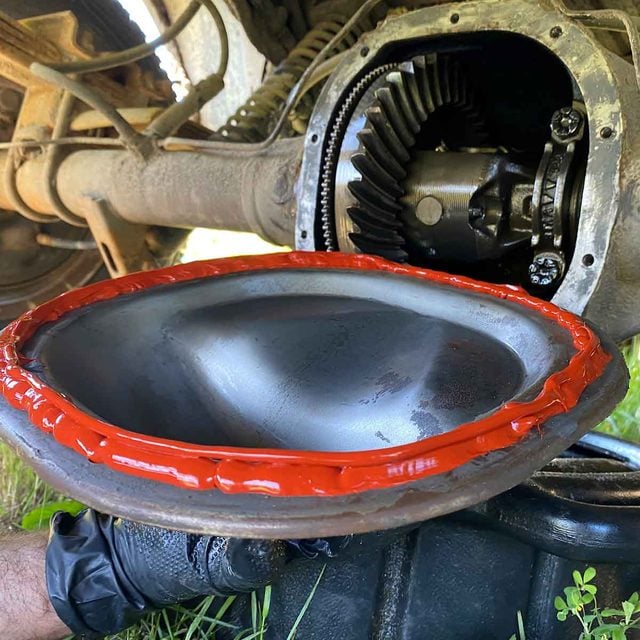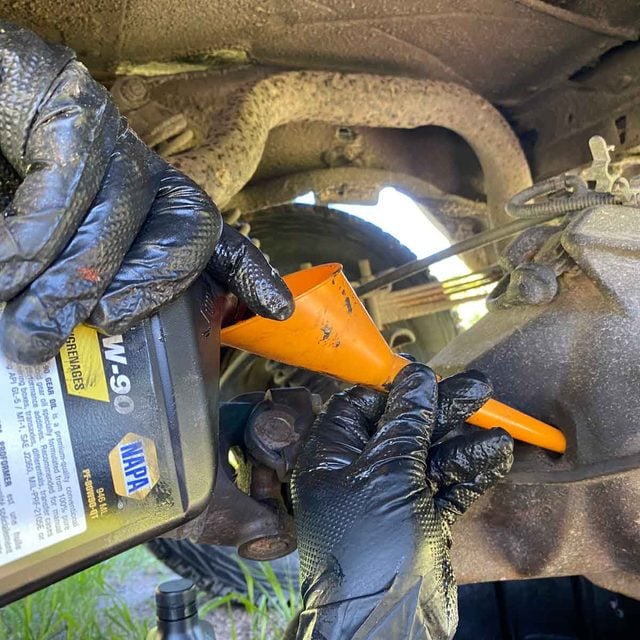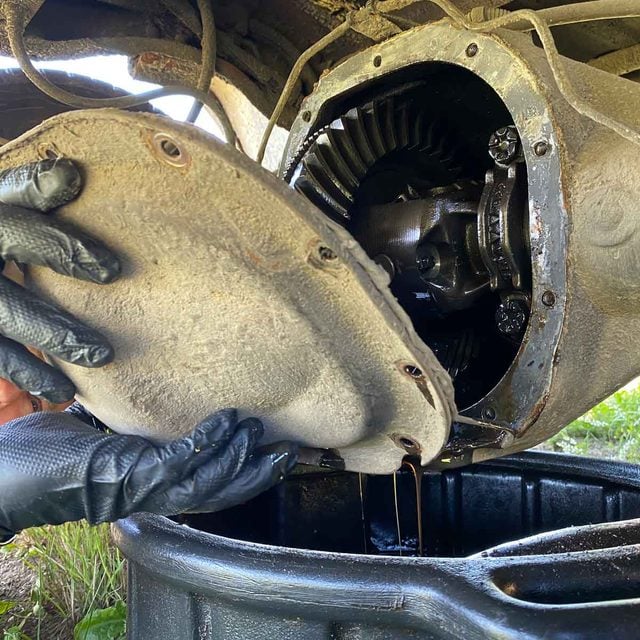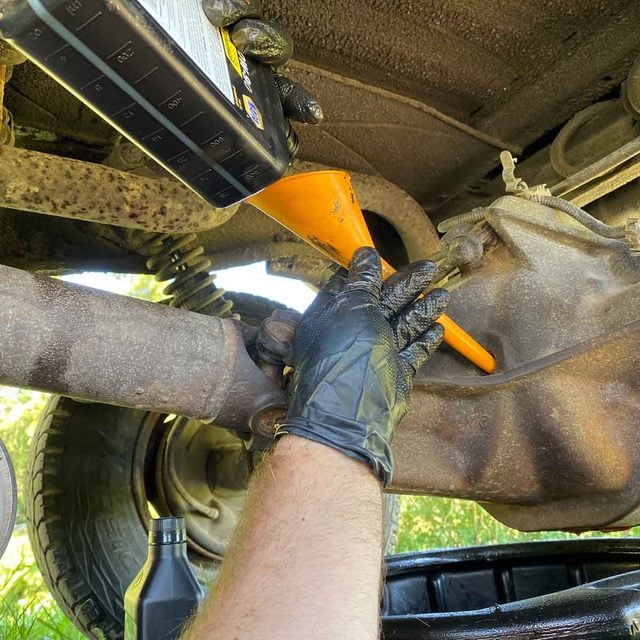The differential is a vital part of every vehicle and it's easy to forget to replace the differential oil. This is how you do it.
Our editors and experts handpick every product we feature. We may earn a commission from your purchases.Learn more.
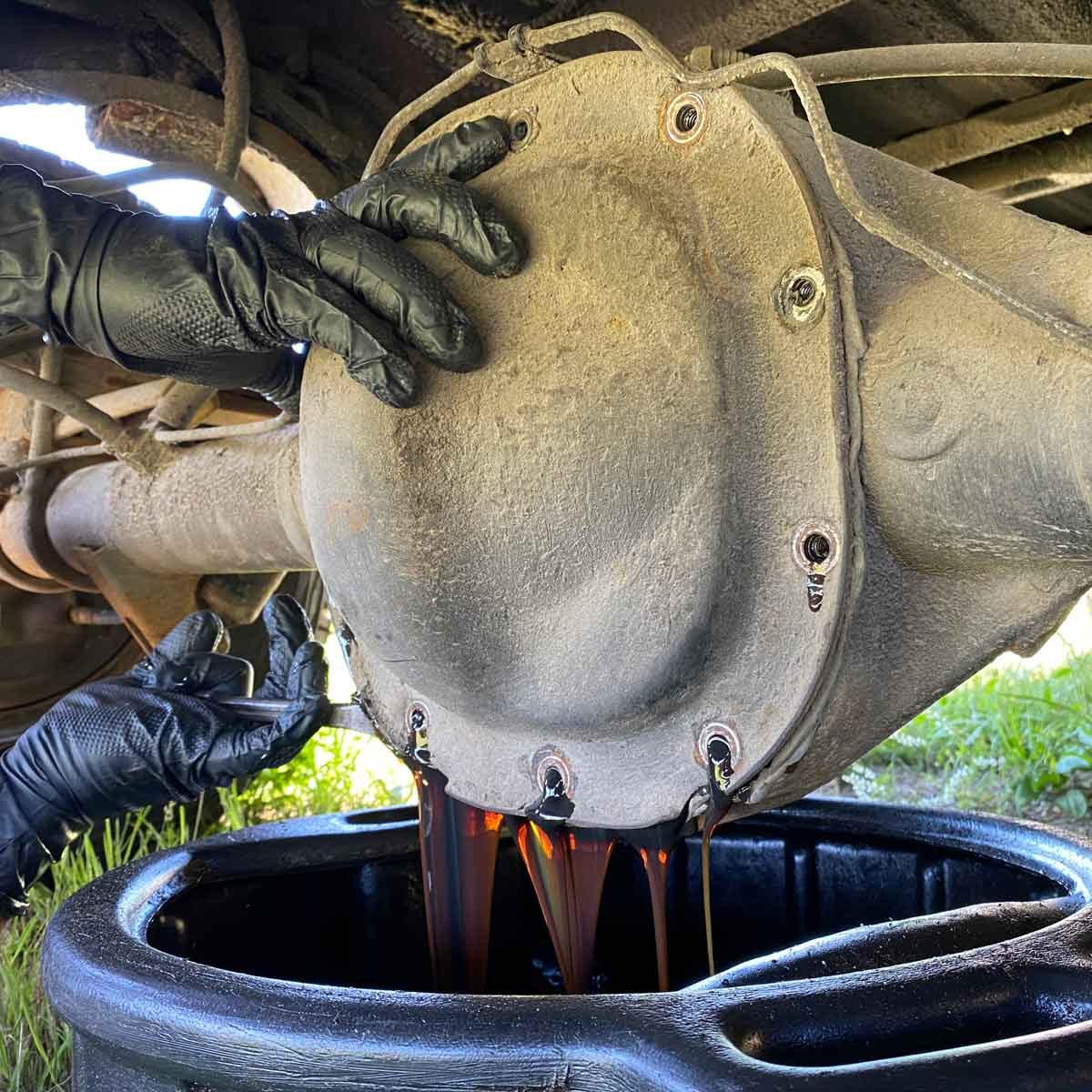

The differential is a vital part of every vehicle and it's easy to forget to replace the differential oil. This is how you do it.
Our editors and experts handpick every product we feature. We may earn a commission from your purchases.Learn more.
Differentials are part of the drive train of a vehicle. They use internal gears to alter the direction of driveshaft rotation and to gear down the drive train. All differentials contain oil that needs to be changed every 30,000 to 60,000 miles. With a service interval that long, it's easy to forget.
Here's how to do the job yourself and extend the life of your vehicle. Having a differential flush done professionally will cost anywhere from $90 to $150. Materials to do the job yourself, as shown in the following steps, cost less than $30 and the process will take about an hour.
This step is only necessary when vehicle ground clearance is insufficient.
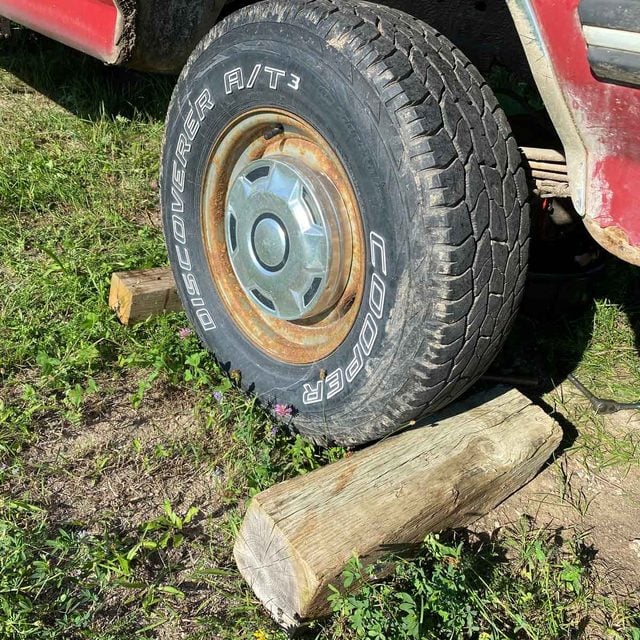
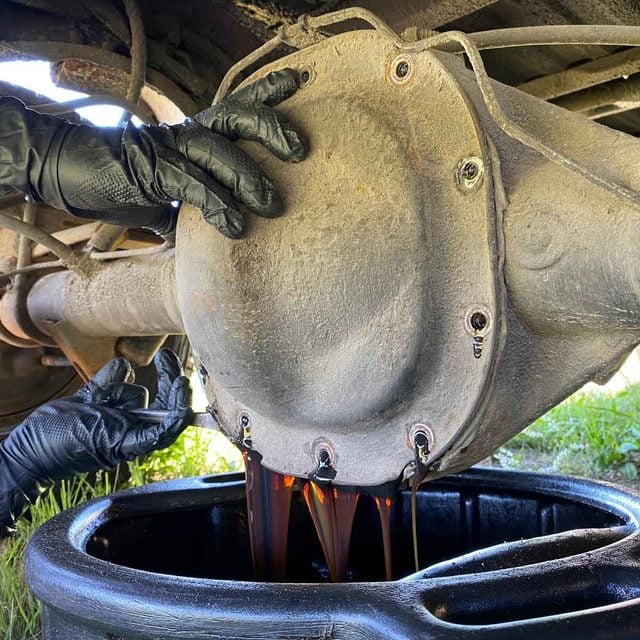
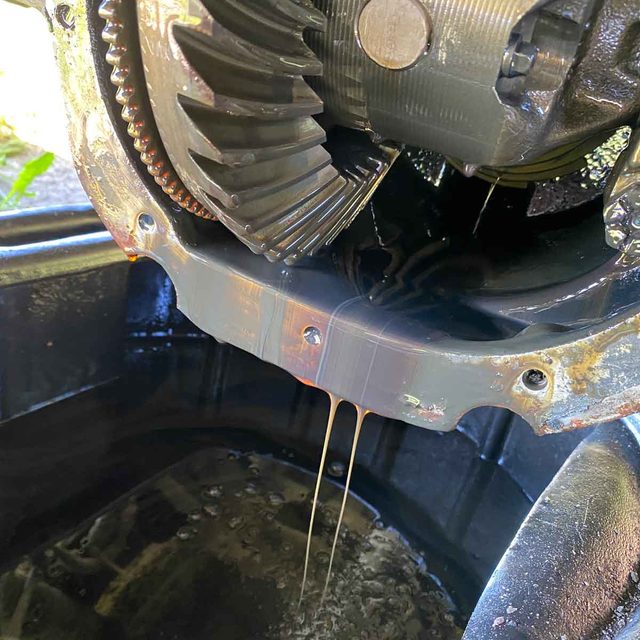
This step is necessary only with vehicles that have a removable differential cover.
